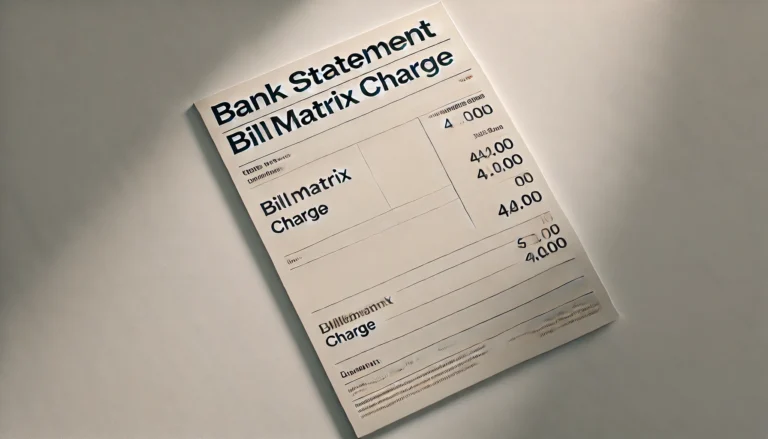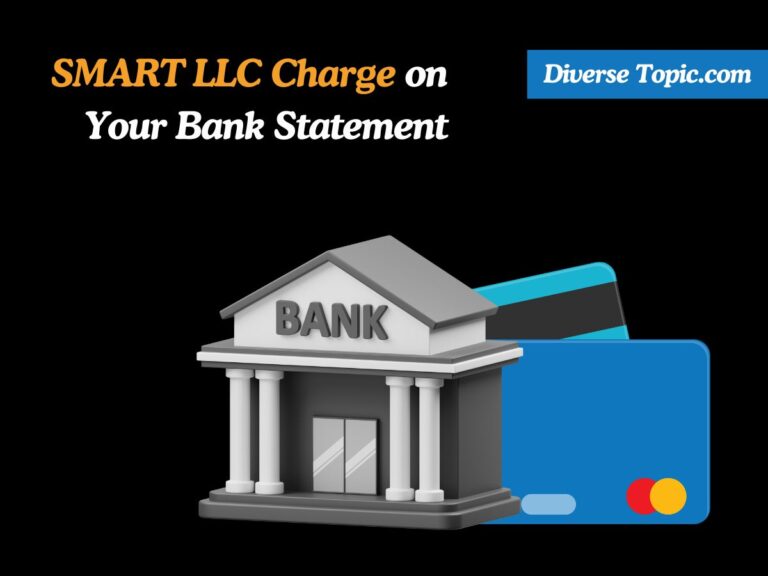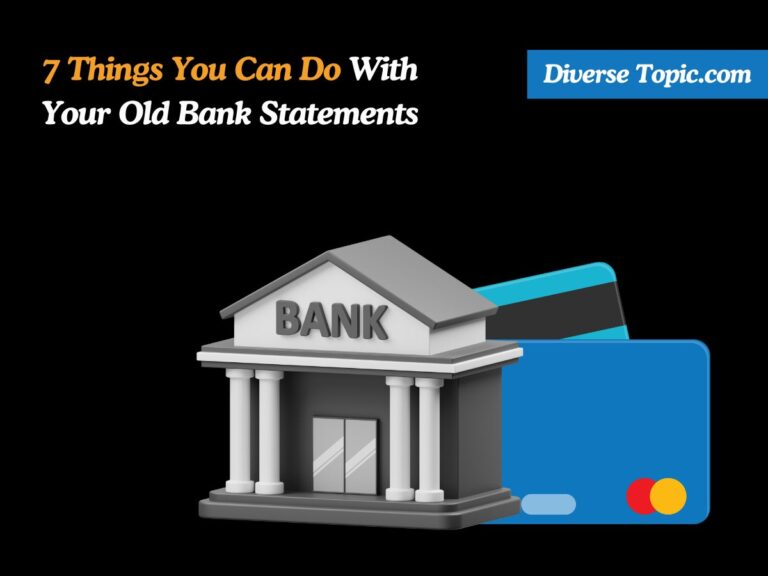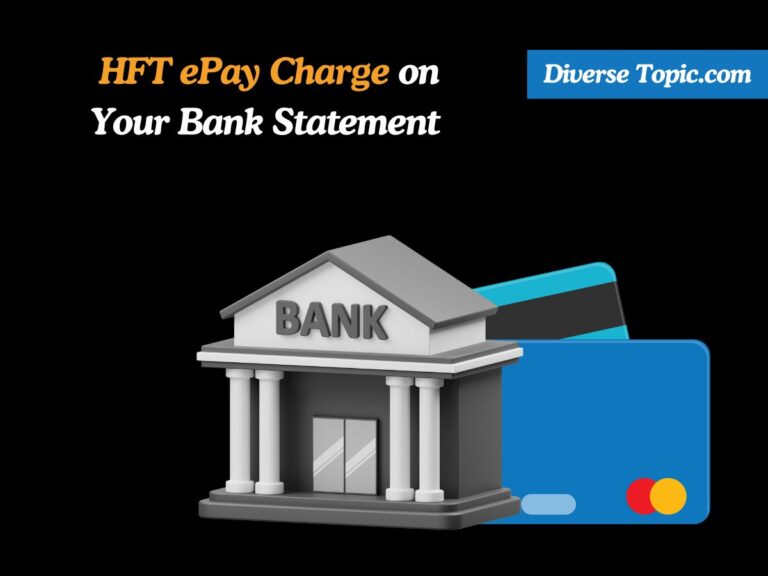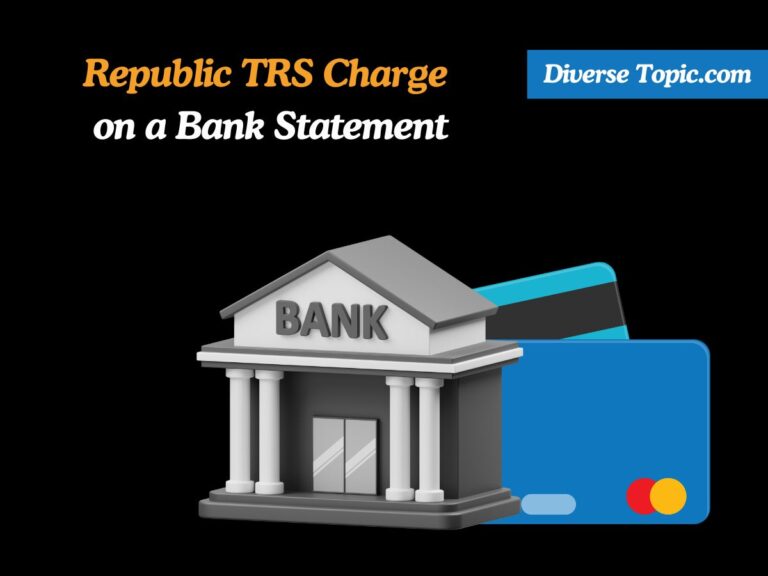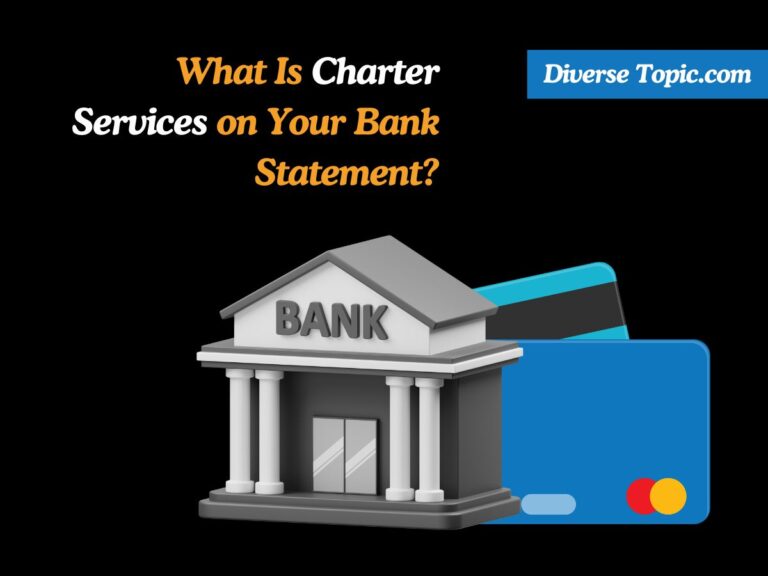What Is the BGC Charge on Your Bank Statement?
You’re not alone if you’ve ever read your bank statement and seen the term “BGC.” This phrase may sound confusing to many, yet it’s essential to understanding how money flows through financial institutions. This tutorial will explain what a BGC charge is, why it matters, and how the financial system uses it.
Understanding BGC: The Basics
The term “BGC” refers to Bank Giro Credit, a payment mechanism that banks and other financial organizations utilize to make account transfers easier. While it may be found in other places, this method is most prevalent in Europe and the United Kingdom.
The goal of the Bank Giro Credit system is to simplify payments so that people and businesses may send and receive money more securely and effectively. Generally, a successful transaction with this payment method is represented by the BGC charge you see on your bank account.
The History and Evolution of BGC
The Bank Giro Credit system has a long history; it originated in the UK in the early 1900s. It was designed to make the procedure of moving money between bank accounts easier and more secure. Because of its dependability and affordability, it eventually became a pillar of the financial system, particularly in Europe.
When the Bank Giro system first started off, payments were made by clients filling out a paper form called a Bank Giro Credit form. The bank used this form as a set of instructions for transferring money between accounts. The procedure has mostly migrated online these days, but the essential ideas are still the same.
You also want to learn What Is the Amazon Digital Charge.
How Does the BGC Charge Appear on Bank Statements?
You may better manage your finances by being aware of how a BGC charge shows up on your bank account. The following is a brief summary of the several kinds of entries that might point to a BGC (Bank Giro Credit) transaction:
- BGC Payment: Gas and Electricity Bill
- BGC Payment: Credit Card Bill
- BGC Payment: Council Tax Statement
- BGC Transfer: Cash Payment alongside BGC Form
- BGC Transfer: Cheque Payment alongside BGC Form
- BGC Transfer: Payment to Personal Bank Account using BGC Form
Every one of these items relates to a distinct kind of transaction made possible by the Bank Giro Credit mechanism. You can keep accurate records of your financial actions by identifying these particular items on your bank statement, which will help you better understand and monitor where and how your money is being spent.
How Does the BGC Charge Work?
When you see a BGC charge on your bank statement, it indicates that a Bank Giro Credit transaction has taken place. Here’s how it works:
Initiation of Payment: Usually, the procedure starts when a person or entity chooses to send money. This might be for a number of reasons, such receiving a salary deposit, giving money to a friend, or paying a utility payment.
Submission of BGC Form: In the past, this would have required filling out a Bank Giro Credit form containing information about the payer’s account, the recipient’s bank, and the amount to be paid. This stage is often completed online using your bank’s website or mobile app in the modern digital age.
Transfer of Funds: The bank handles the payment after the form or digital instructions are received. Afterwards, the money is moved from the payer’s account to the recipient’s.
Confirmation and Charge: Your bank statement will show the BGC charge as verification that the payment was made successfully. Usually, the transaction amount and any related fees are included in this charge.
Read How Walmart Charge Show Up on a Bank Statement.
Common Uses of BGC Payments
BGC payments are versatile and can be used for a wide range of transactions. Some of the most common scenarios include:
- Salary Payments: Employers often use BGC to deposit salaries directly into their employees’ bank accounts.
- Utility Bills: Paying for services like electricity, water, and internet through BGC ensures timely and secure payments.
- Online Purchases: Some online merchants accept BGC payments as a method for customers to pay for goods and services.
- Peer-to-Peer Transfers: Individuals can use BGC to send money to friends or family members, either as a gift, loan repayment, or shared expenses.
Benefits of Using BGC Payments
There are several reasons why BGC payments are favored by both individuals and businesses:
Speed: Time-sensitive payments benefit greatly from the speedy processing of BGC transactions, which frequently conclude on the same day.
Security: BGC payments are quite safe as they are handled by financial institutions. Compared to other payment options, this lowers the chance of fraud or mistakes.
Cost-Effectiveness: When it comes to significant quantities, BGC payments are usually less expensive than other payment methods like wire transfers or credit card transactions.
Convenience: One major benefit is that payments may be made online without the need for cash or paper checks. It lessens the possibility of misplacing payment paperwork as well.
The Role of the BGC Form
The Bank Giro Credit form is a crucial element of the BGC payment system, particularly in its earlier, paper-based iterations. Here’s how it functions:
- Instructional Tool: The form serves as a collection of guidelines, telling your bank how to handle the payment processing. It contains all the necessary information, including the payer’s account number, the recipient’s account information, and the amount to be sent.
- Payment Method: The form serves as a tool to make payments easier rather than acting as a payment mechanism in and of itself. After completed and submitted, it directs the bank’s transaction execution.
- Modern Equivalent: Online banking companies employ digital versions of BGC forms, even if physical forms are less popular these days. These computerized forms collect the same data and function to direct electronic transactions.
Identifying BGC Charges on Your Statement
A BGC charge will normally show up on your bank account along with a brief summary, which usually consists of the abbreviation “BGC” and the specifics of the transaction. For example:
- “BGC Payment to XYZ Utilities – $100”
- “BGC Transfer from ABC Corp – $500”
Whether it’s a payment you made or money you got, these descriptions assist you in determining the type of transaction.
What to Do If You Don’t Recognize a BGC Charge?
If you come across a BGC charge on your statement that you don’t recognize, it’s important to take the following steps:
Review Recent Transactions: Check your recent payments and transfers to see if any match the BGC charge in question. It could be a payment you made and forgot about.
Contact the Recipient: If the charge was made to a company or individual, reach out to them for clarification. They may be able to provide details that jog your memory.
Reach Out to Your Bank: If you’re still unsure about the charge, contact your bank. They can provide more information about the transaction and, if necessary, initiate an investigation.
Monitor Your Account: Keep an eye on your account for any further unfamiliar charges. If you suspect fraud, report it to your bank immediately.
Conclusion:
Based on the venerable Bank Giro Credit system, the BGC charge on your bank statement denotes a safe and effective method of money transfers. You may improve your financial management and guarantee that your payments are made on time by being aware of what this fee entails.
BGC payments provide a dependable way to transfer funds across accounts, whether you’re paying bills, being paid, or shopping online. Being aware of how to handle BGC charges will help you keep control over your financial transactions in the event that you come across one that you are unaware of.
Read More Diverse Topics.

